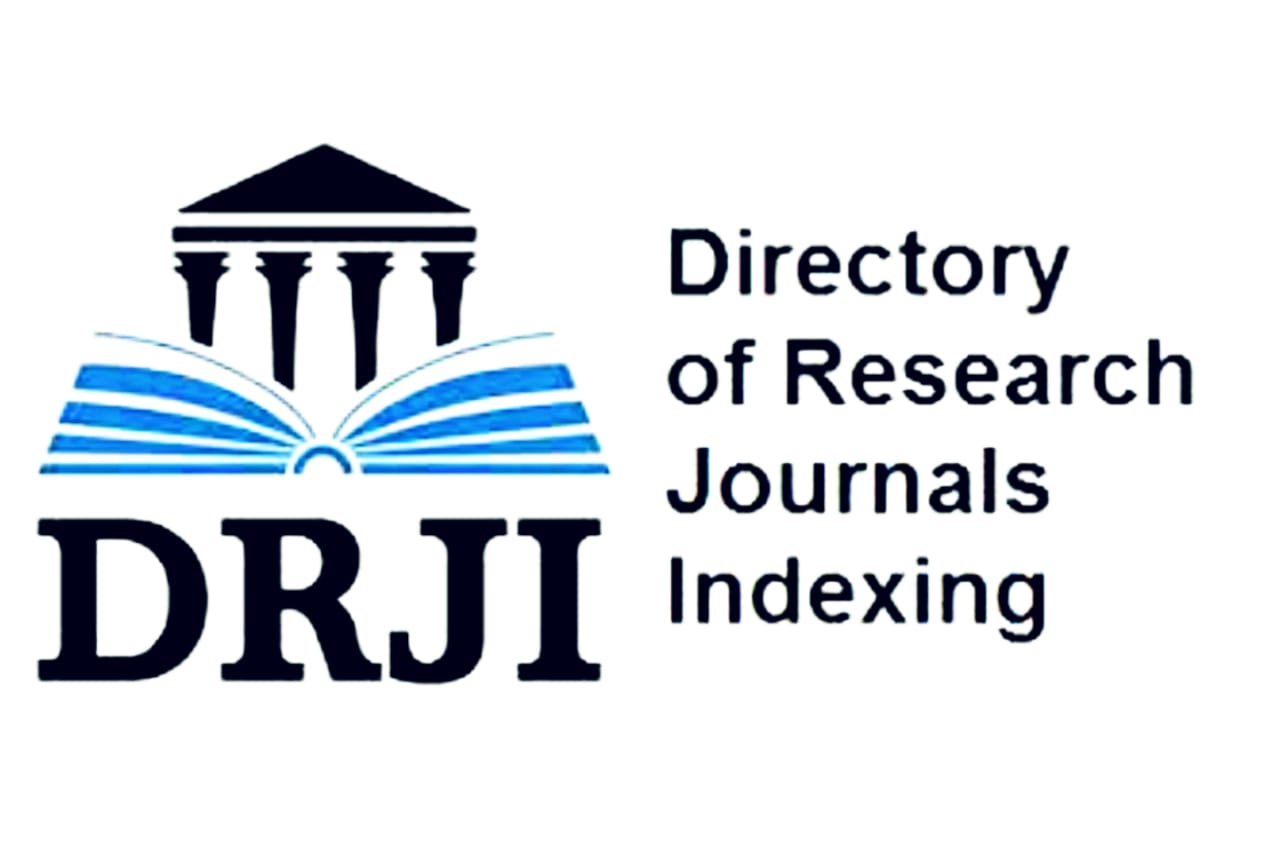Composite materials based on orange and pomegranate peels for Сu (II) and Zn (II) ions extraction
DOI:
https://doi.org/10.26577/ijbch.2020.v13.i1.16Abstract
This study investigated the method of obtaining of composite materials based on orange (OP) and pomegranate (PP) peels. The fruit peels were modified by polyethylene glycol (PEG). Sorption ability of obtained composite materials towards heavy metal ions (Zn and Cu) was studied. The effect of mass of composite materials and PEG concentration were studied. Optimal concentration of PEG was determined as 0.1%. The maximum removal degree of heavy metals was at 2 and 2.5 g per 100 ml of solution for orange and pomegranate peels respectively. Three different adsorption models were used to describe the sorption process (Langmuir, Freundlich, and BET). The most applicable for the sorption of Zn (II) and Cu (II) ions by both OP and PP is Freundlich theory. Hence, the sorption of Zn (II) and Cu (II) ions by modified peels of orange and pomerarnate occurs at heterogeneous system where the active centers are unevenly filled.
Downloads
How to Cite
Issue
Section
License
ааа
















